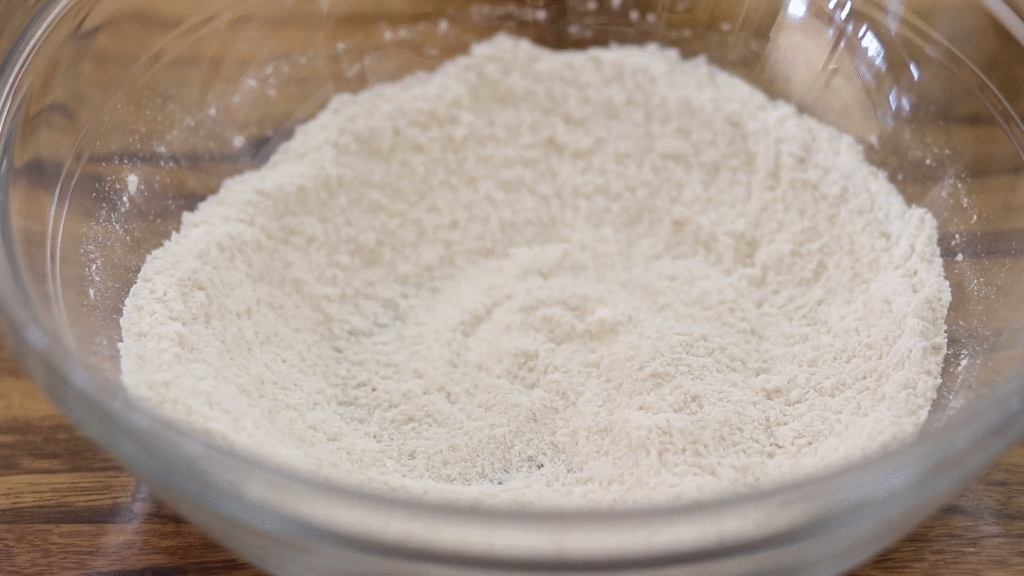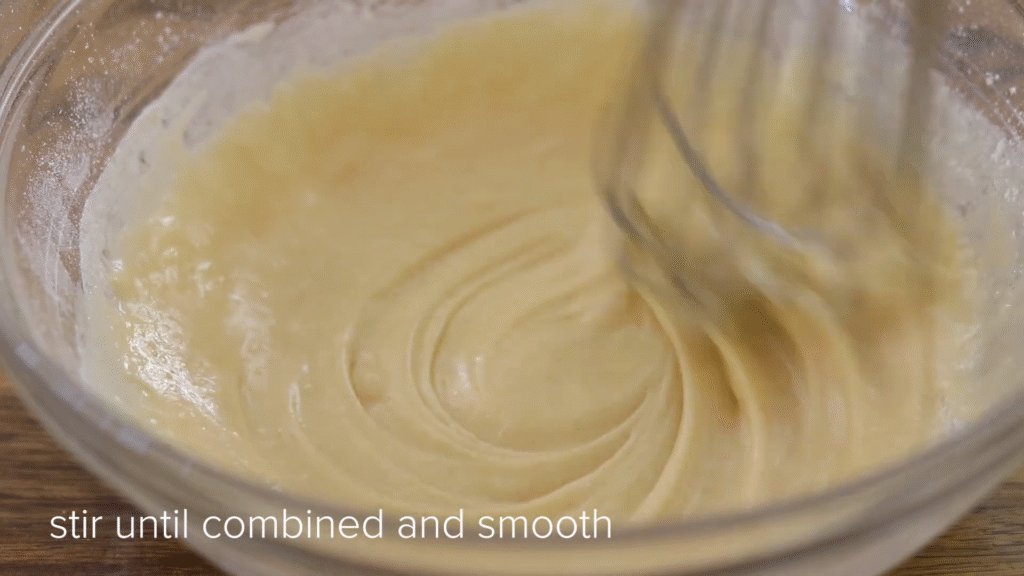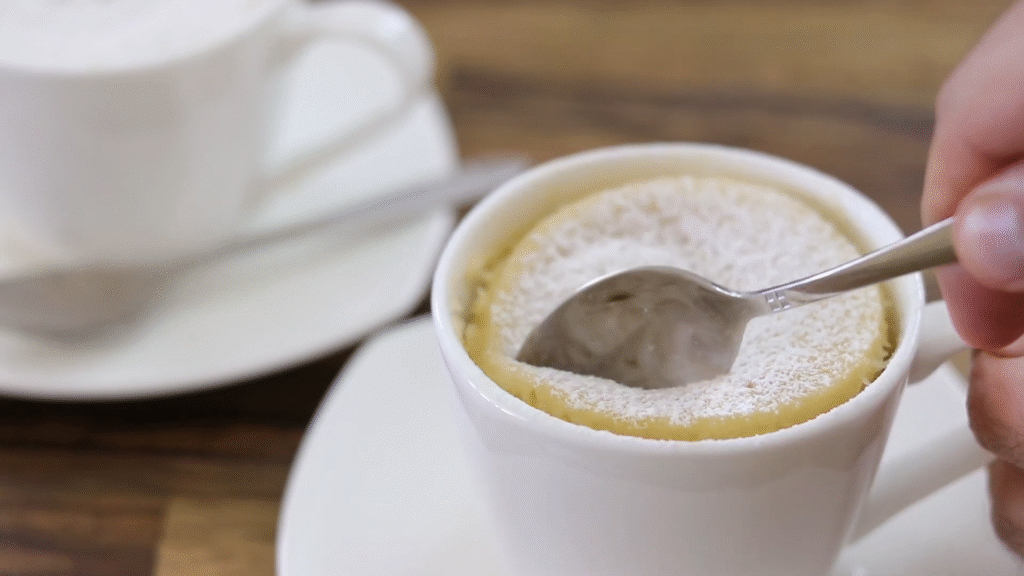I’ll be honest with you—I’m a dessert lover, but I don’t always have the patience to bake a full cake. One night, I was craving something sweet but quick, so I grabbed a mug, mixed a few simple ingredients, and made this vanilla mug cake.
It turned out soft, warm, and delicious. Now it’s my go-to treat whenever I want cake without the wait. And trust me, once you try this, you’ll be hooked too.
What is a Vanilla Mug Cake?

A mug cake is exactly what it sounds like—cake made inside a mug. You mix the ingredients, pop it in the microwave, and in a couple of minutes, you’ve got a warm cake ready to eat. No oven. No long wait.
No mess. This vanilla mug cake is simple, light, and has that classic flavor everyone loves.
Ingredients You’ll Need

You don’t need fancy stuff for this recipe. Here’s what I use:
- 4 tablespoons all-purpose flour
- 2 tablespoons sugar
- ¼ teaspoon baking powder
- A pinch of salt
- 3 tablespoons milk
- 1 tablespoon melted butter (or oil)
- ½ teaspoon vanilla extract
That’s it! Most of these are probably already in your kitchen.
Step-by-Step Instructions
Here’s how to make your mug cake in minutes:
- Choose your mug – Use a microwave-safe mug, at least 12 oz, so it doesn’t overflow.
- Mix dry ingredients – Add flour, sugar, baking powder, and salt into the mug. Stir well.
- Add wet ingredients – Pour in the milk, melted butter, and vanilla extract. Mix until smooth and no lumps remain.
- Microwave – Cook for about 70–90 seconds. Keep an eye on it—it should rise but not spill over.
- Cool and enjoy – Let it sit for 1–2 minutes (it’s hot!), then grab a spoon and dig in.
Tips to Make It Even Better
- Don’t overcook. A few seconds extra can make it dry.
- Want it richer? Add a teaspoon of cream cheese or a spoonful of yogurt to the batter.
- Top it with whipped cream, chocolate syrup, or fresh berries.
- If you like it sweeter, add a sprinkle of powdered sugar on top.
Why You’ll Love This Recipe

I love this recipe because it’s fast, simple, and always hits the spot. No waiting for the oven to preheat, no dirty bowls everywhere, just one mug and a spoon. You’ll love it because it feels like a little treat made just for you. Plus, you can customize it however you like—add chocolate chips, nuts, or even a scoop of ice cream on top.
FAQs About Vanilla Mug Cake
Q: Can I make this without a microwave?
A: Yes, you can bake it in an oven at 350°F (175°C) for about 10–12 minutes, but the microwave is much faster.
Q: Can I use almond milk or oat milk?
A: Yes! Any milk works fine in this recipe.
Q: My cake turned out dry. What did I do wrong?
A: You probably overcooked it. Try reducing the cooking time by 10–15 seconds.
Q: Can I double the recipe?
A: Yes, but use a larger bowl instead of a mug so it doesn’t overflow.
Q: Is this recipe eggless?
A: Yes! That’s why it stays soft and light. No egg needed.
